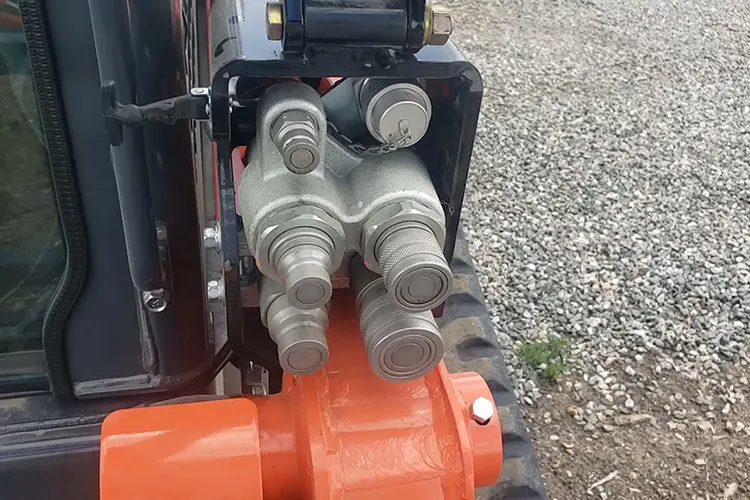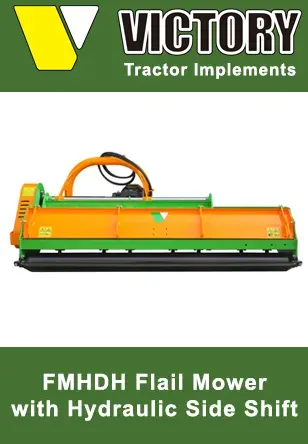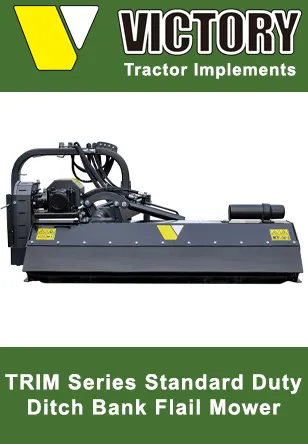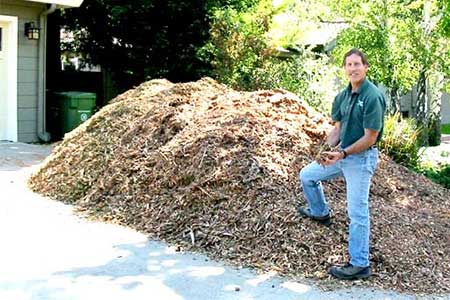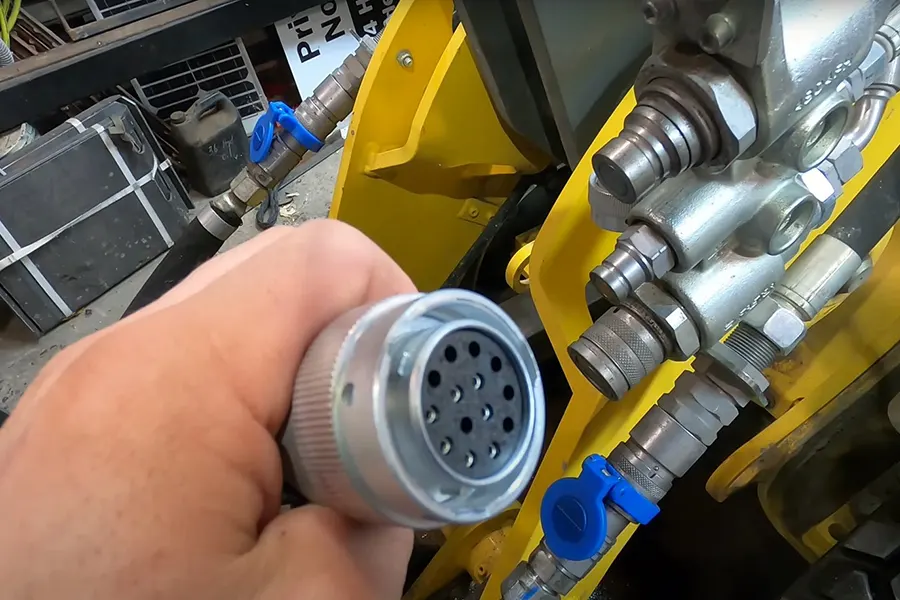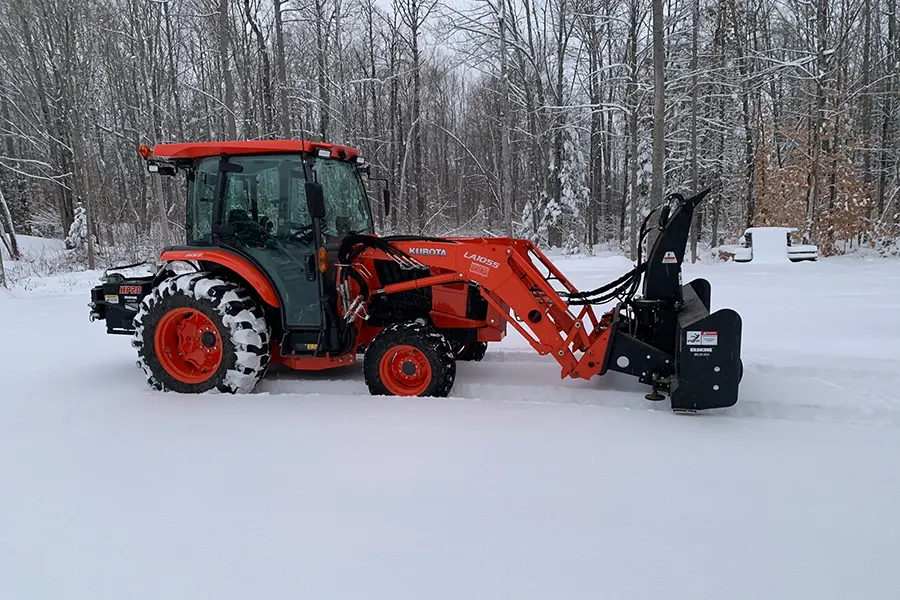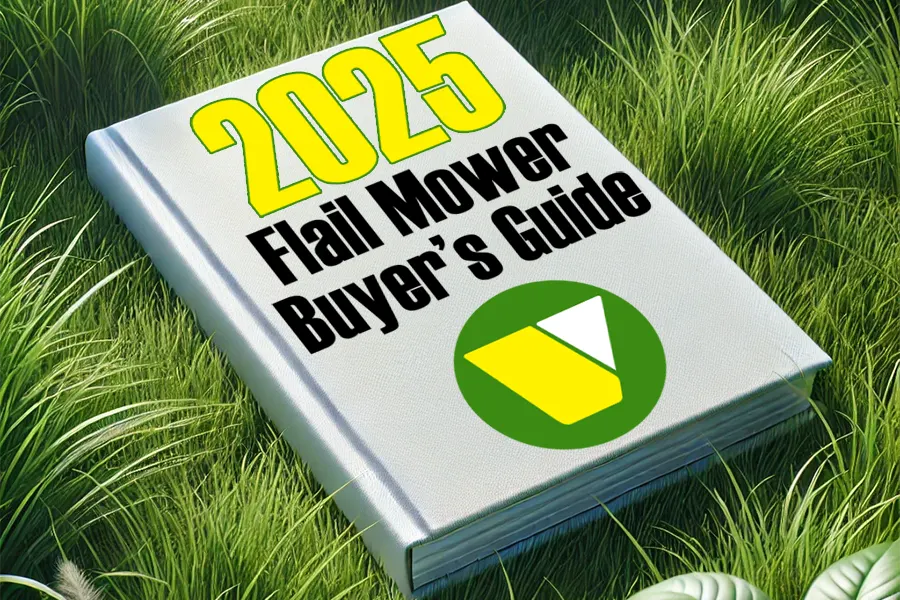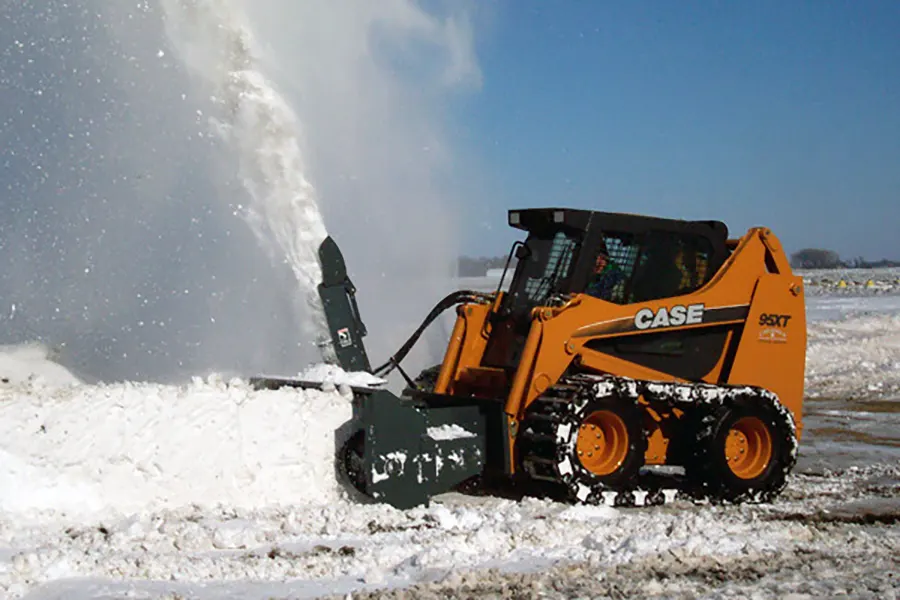Choosing the right skid steer hydraulic system is a crucial decision for construction, landscaping, and farming applications. One of the most common questions buyers face is: Should you get a skid steer with high flow or low flow hydraulics? This guide will help you understand the differences, benefits, and costs associated with high flow and low flow skid steer systems, so you can make an informed decision.
| Topic | Summary |
|---|---|
| Difference Between High Flow and Low Flow | High flow delivers more hydraulic fluid (30+ GPM) for heavy-duty tasks, while low flow (around 14+ GPM) is suitable for many attachments. |
| How to Identify Hydraulic Systems | Check the number and position of valves on your skid steer. Low flow has fewer valves, while high flow typically has more, mounted higher up. |
| Do You Need High Flow? | Most operators only need low flow. High flow is for specialized, heavy-duty attachments like forestry mulchers and asphalt mills. |
| Cost of Adding High Flow | Retrofitting high flow after purchase can cost $20,000-$30,000, but buying a machine with high flow pre-installed may add only $10,000. |
| High Flow in Cold Weather | In cold conditions, warm up the machine before engaging high flow to avoid hydraulic fluid issues and potential damage to the system. |
Skid Steer Flow Rate Finder Tool
Select your skid steer make and model from the drop down below to see your machine’s flow rate, including both low flow and high flow options
What is the Difference Between High Flow and Low Flow on a Skid Steer?
The main difference between high flow and low flow hydraulics on a skid steer is the amount of hydraulic power they deliver. Low flow systems generally produce around 14+ gallons per minute (GPM), while high flow systems can provide 30 GPM or more. This increased flow rate in high flow systems is designed for demanding attachments like asphalt mills and forestry mulchers.
How to Identify High Flow and Low Flow Hydraulic Connections
To determine whether your skid steer is equipped with high flow or low flow, check the hydraulic valves:
Low flow machines typically have three valves, often positioned vertically or horizontally, depending on the manufacturer.
High flow systems usually include additional valves mounted higher up, often controlled by a switch in the skid steer cab.
For instance, in brands like Takuchi and John Deere, the valves may be angled or stacked differently, but the presence of multiple valves often indicates a high flow system.
Do You Need a High Flow Skid Steer?
For most operators, low flow hydraulics are sufficient. Attachments like augers, grapples, and tree shears operate efficiently with low flow. In fact, 90% of skid steer users won’t need high flow for standard operations. High flow is primarily useful for more specialized attachments like forestry mulchers, stump grinders, asphalt mills, and large snow blower attachments.
However, if your work regularly involves heavy-duty applications, you may want to invest in a high flow system. Just keep in mind that high flow hydraulics generate more heat and can overtax the system if used improperly on smaller attachments.
The Cost of High Flow Skid Steer Systems
One major factor in deciding between high flow and low flow is cost. Retrofitting a skid steer with high flow after purchase can cost between $20,000 and $30,000. However, if you buy a skid steer with high flow installed from the factory, it may only add around $10,000 to the machine’s price.
Therefore, if you anticipate needing high flow for future work, it’s best to invest in a machine that has it pre-installed.
Cold Weather Performance and High Flow Hydraulics
Working in cold temperatures can be challenging for any skid steer, particularly when using high flow attachments. In freezing conditions, it’s essential to let your skid steer warm up before engaging the high flow system. This helps the hydraulic fluid reach the proper temperature, ensuring smooth and efficient operation.
Failure to do so can result in reduced hydraulic performance or even damage to the attachment and the skid steer itself.
Skid Steer Attachment Compatibility
When purchasing attachments for your skid steer, it’s crucial to ensure compatibility with your machine’s hydraulic system. Sometimes, the fittings on the attachment won’t align perfectly with your skid steer’s valves, requiring you to swap out parts or adjust the fittings.
For example, brands like Bobcat and Caterpillar use different coupling systems, which may not be directly compatible with your machine. Always check the specifications and fittings of your attachments before use to avoid complications.
Final Thoughts on High Flow vs. Low Flow Skid Steers
In summary, deciding between high flow and low flow skid steers boils down to your attachment needs. If you’re using standard tools like augers, grapples, or brooms, low flow hydraulics should meet your needs. For more intensive work like mulching, grinding, or milling, high flow hydraulics provide the extra power necessary to get the job done.
If you opt for high flow, it’s more cost-effective to buy a skid steer with this feature already installed from the factory. Retrofitting a machine with high flow after purchase can be prohibitively expensive.
FAQ: High Flow vs. Low Flow Skid Steer Hydraulics
1. What’s the difference between high flow and low flow hydraulics on a skid steer?
High flow hydraulics provide a higher flow rate of hydraulic fluid, typically around 30 GPM or more, compared to low flow systems which deliver around 14+ GPM. High flow systems are used for heavy-duty attachments like forestry mulchers, asphalt mills, and stump grinders, while low flow is sufficient for most standard attachments such as grapples, augers, and tree shears.
2. How can I tell if my skid steer has high flow or low flow hydraulics?
You can identify your skid steer’s hydraulic system by checking the number and position of hydraulic valves. Low flow systems typically have three valves, while high flow systems may have additional valves mounted higher up, often controlled by a switch inside the cab. Some manufacturers may arrange the valves differently, but the setup is a good indicator.
3. Do I need high flow hydraulics for my skid steer?
In most cases, low flow hydraulics will be sufficient for standard tasks. However, if you plan on using heavy-duty attachments like a forestry mulcher or asphalt mill, you’ll need a high flow system. Around 90% of skid steer owners find that low flow meets their operational needs.
4. Can I add high flow hydraulics to a skid steer after purchase?
Yes, but retrofitting a skid steer with high flow hydraulics can be very expensive—ranging from $20,000 to $30,000. If you think you’ll need high flow, it’s more cost-effective to buy a skid steer with the feature already installed, which may only add around $10,000 to the machine’s price.
5. How does cold weather affect high flow hydraulics?
Cold weather can make hydraulic fluid thicker and more difficult to pump. In freezing conditions, it’s important to warm up the skid steer before engaging the high flow system to ensure proper hydraulic performance. Let the machine idle to warm up the hydraulic fluid before activating high flow to avoid damaging the machine or attachment.
Disclaimer: The information provided in this blog post is for informational purposes only. Victory Tractor Implements and its affiliates, authors, and contributors are not responsible for any damages, injuries, or losses that may result from the application of the information provided. It is the reader’s responsibility to ensure that any modifications or installations are done correctly and safely. Always consult with a professional or expert before making any changes to your tractor or equipment.

Victory Tractor Implements is proud to offer a wide range of products including flail mowers, wood chippers, rotary tillers, and backhoes, all designed to be connected directly to your tractor’s PTO for maximum efficiency and performance. In addition, we also offer winter equipment such as snow plows and snow blowers, designed for use with skid steers.
We source all of our equipment directly from the manufacturer and pass the savings on to our customers. As always, the team is standing by to answer any questions to assist with your decision. Victory support can be reached directly at (562) 534-8182 or sales@etractorimplements.com

